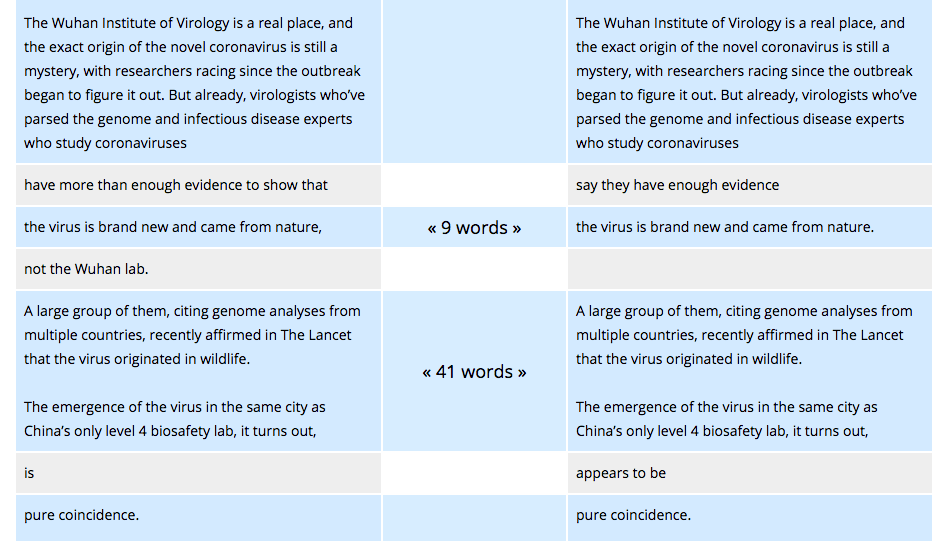Sublime
An inspiration engine for ideas
On Nonscalability: The Living World Is Not Amenable to Precision-Nested Scales
Arádottir had brought along a rock core to show me the end result. The core, which was roughly two feet long and a couple of inches in diameter, was the dark color of the lava fields. But the black rock—basalt—was pocked with little holes, and these holes were filled with a chalky white compound—calcium carbonate. The white deposits represented, if
... See moreElizabeth Kolbert • Under a White Sky
A variety of factors are driving the “land-loss crisis,” as it’s come to be called. But the essential one is a marvel of engineering. What leaping carp are to Chicagoland, sunken fields are to the parishes around New Orleans—evidence of a man-made natural disaster. Thousands of miles of levees, flood walls, and revetments have been erected to
... See moreElizabeth Kolbert • Under a White Sky
Just a moment...
chocolate-flavored protein powders had four times more lead and up to 110 times more cadmium, a carcinogen, than vanilla-flavored powders.
Antonio Pequeño Iv • Protein Powders and Shakes Found to Contain High Levels of Lead, Report Says
Yet, slowly but surely, fungi and insects are making their way across the Atlantic or the Pacific in imported lumber and establishing themselves in Europe. Often they come in packing materials, such as wood pallets that haven’t been heated to sufficiently high temperatures to kill harmful organisms. And parcels sent by private individuals from
... See morePeter Wohlleben • The Hidden Life of Trees: The International Bestseller
The total impact of our hunter-gatherer ancestors might not be comparable to ours today, but the notion that they lived in perfect balance with other species is a fantasy.
Hannah Ritchie • Not the End of the World: How We Can Be the First Generation to Build a Sustainable Planet
is also reported that lead has been recognised as toxic for at least two millennia, as recorded by Sheldon Rampton and John Stauber in their book entitled Trust Us We’re Experts, “... lead has been a known poison since antiquity. During the first century AD, lead miners strapped animal bladders over their mouths as a way to avoid inhaling it.”
Dawn Lester • What Really Makes You Ill?: Why Everything You Thought You Knew About Disease Is Wrong
